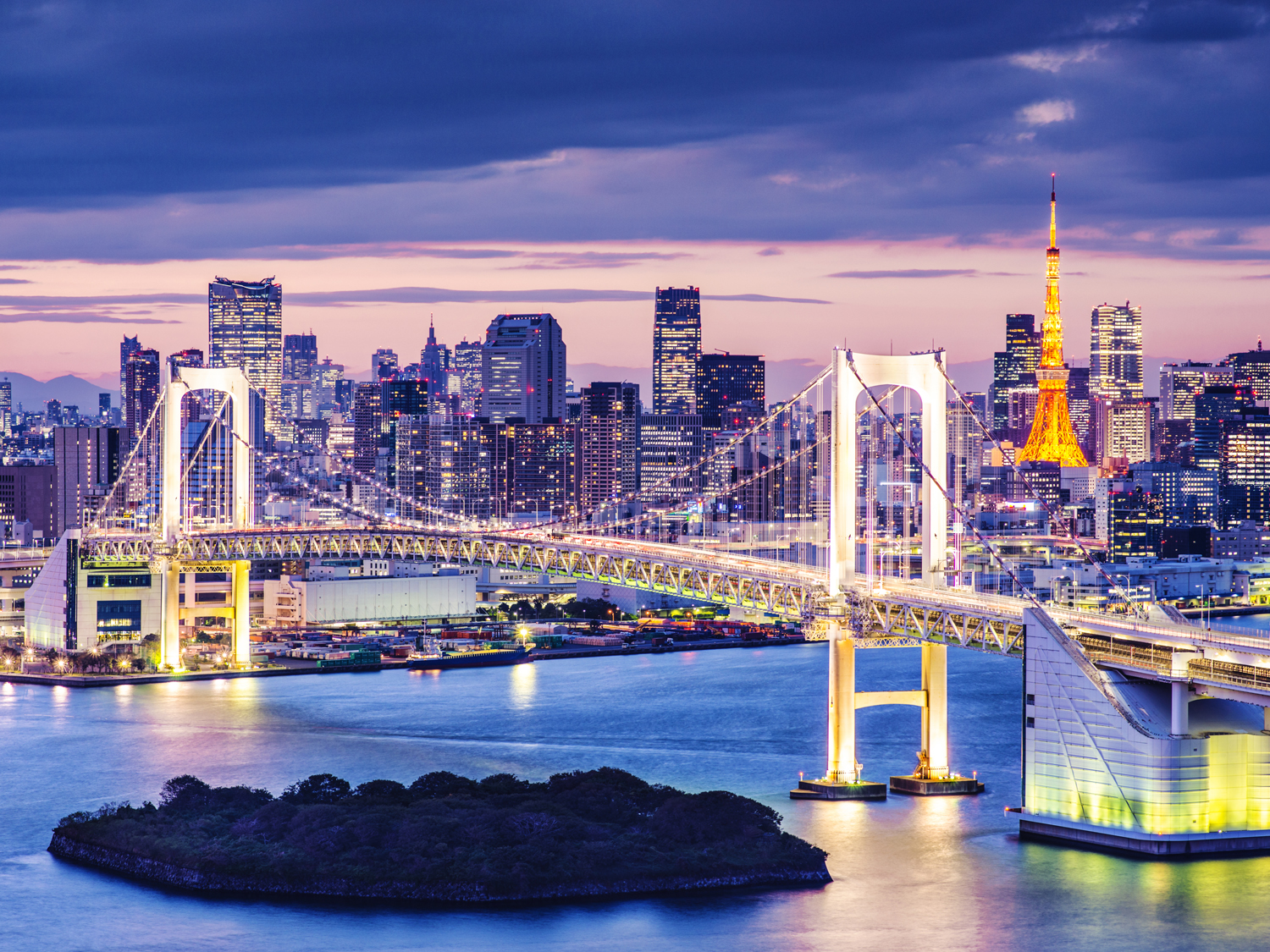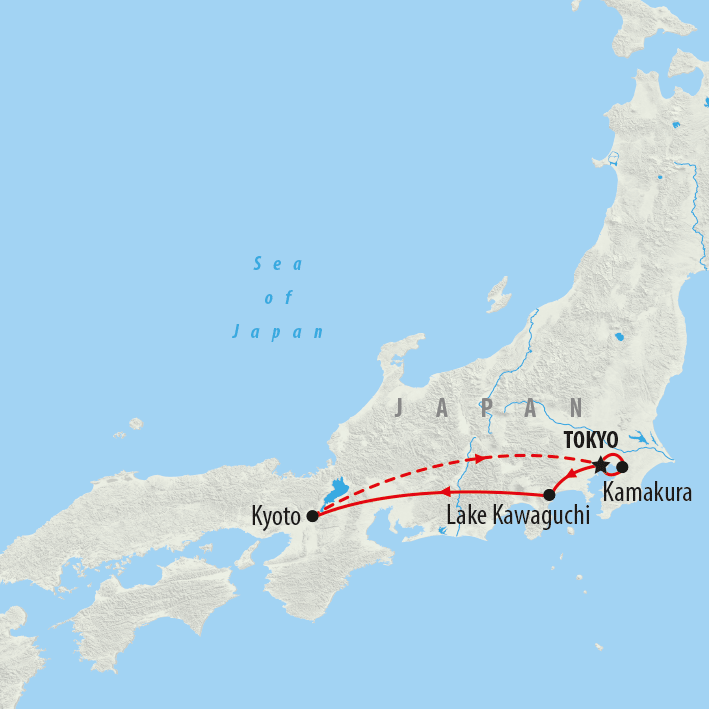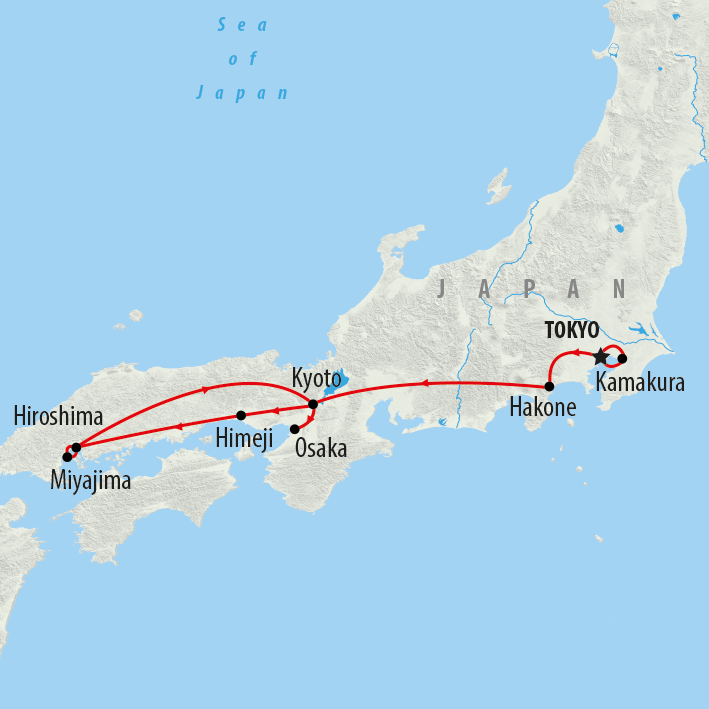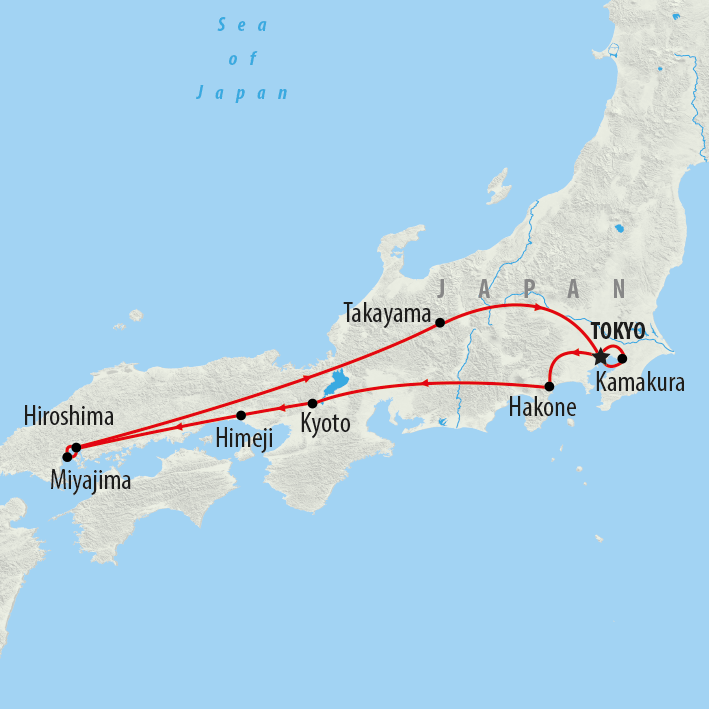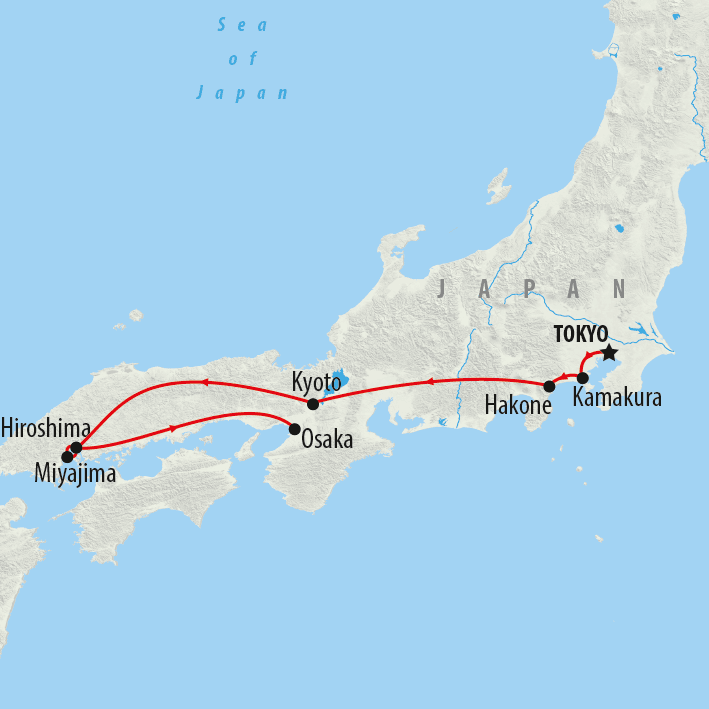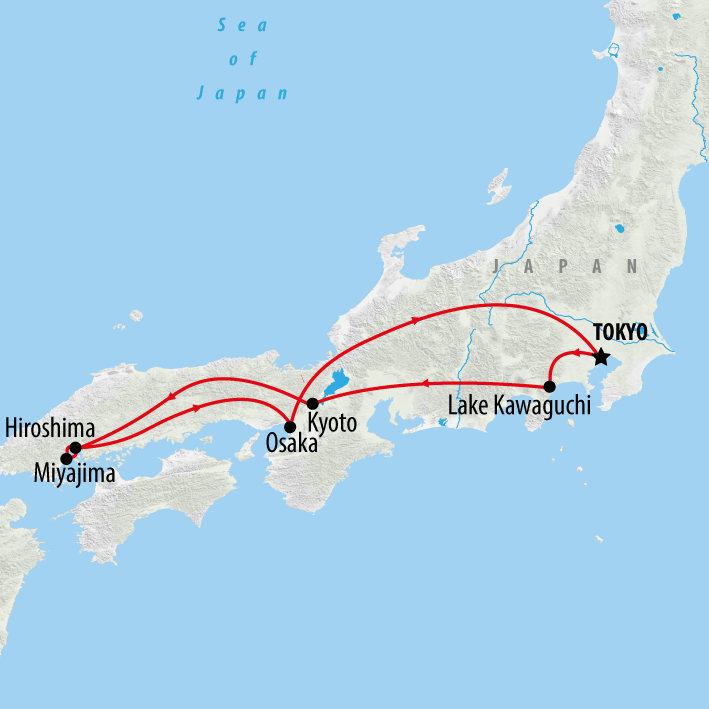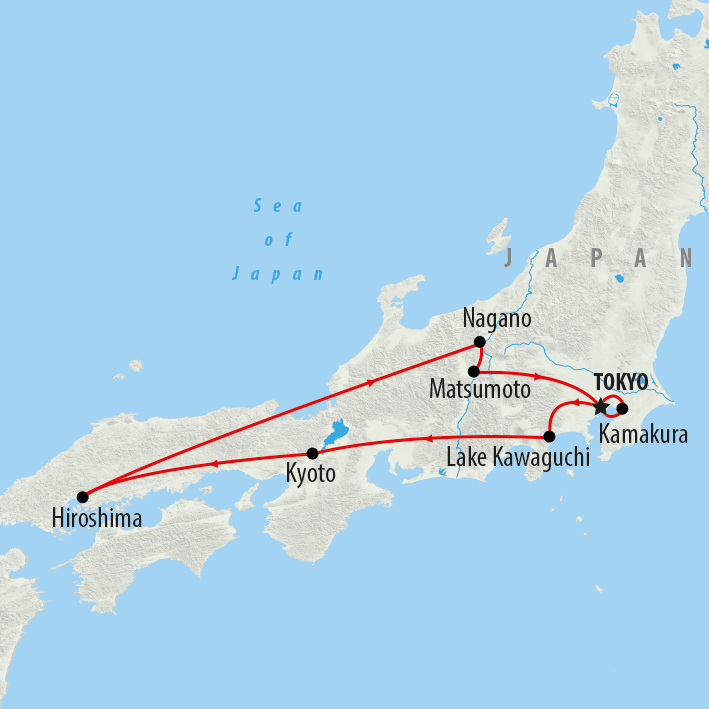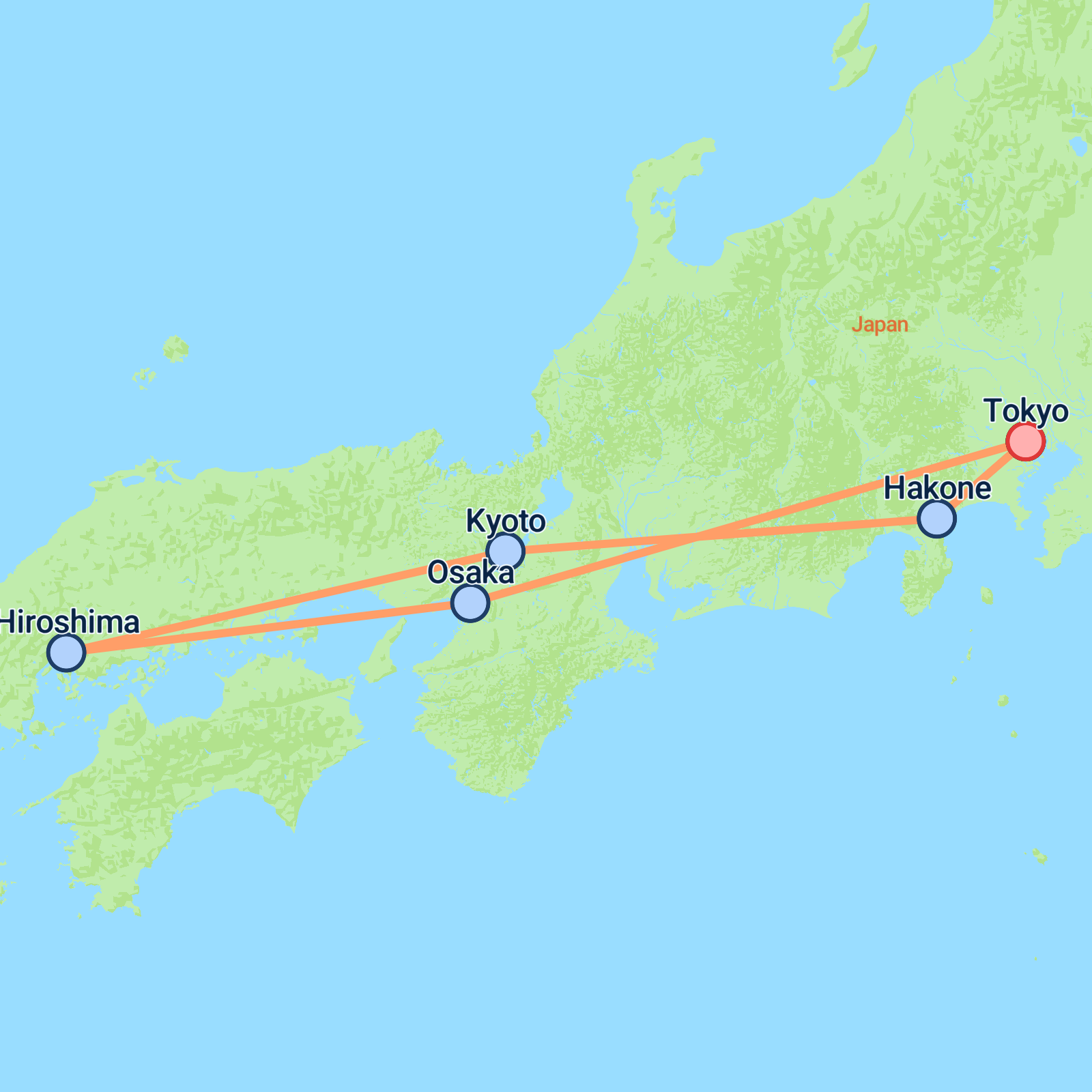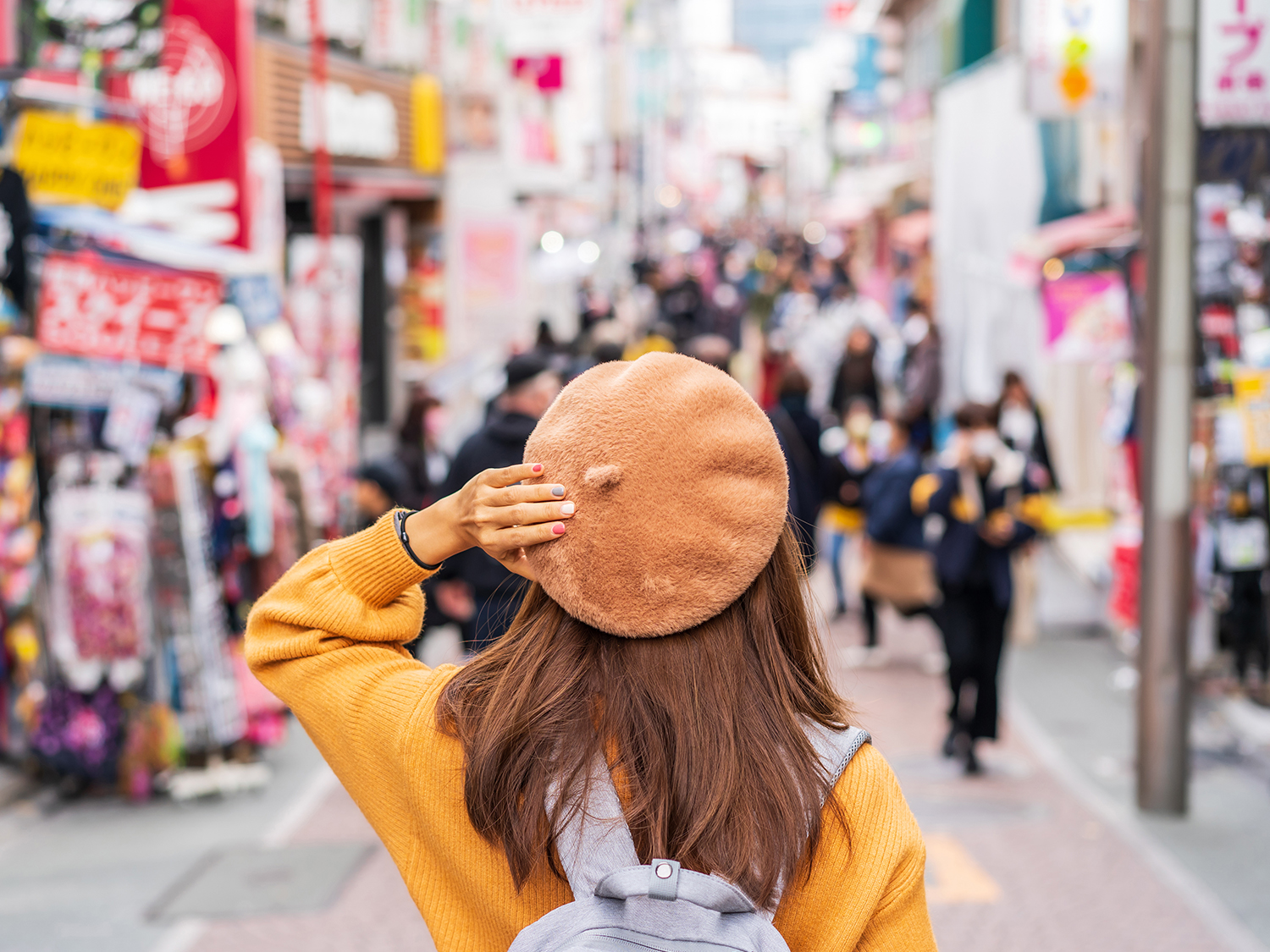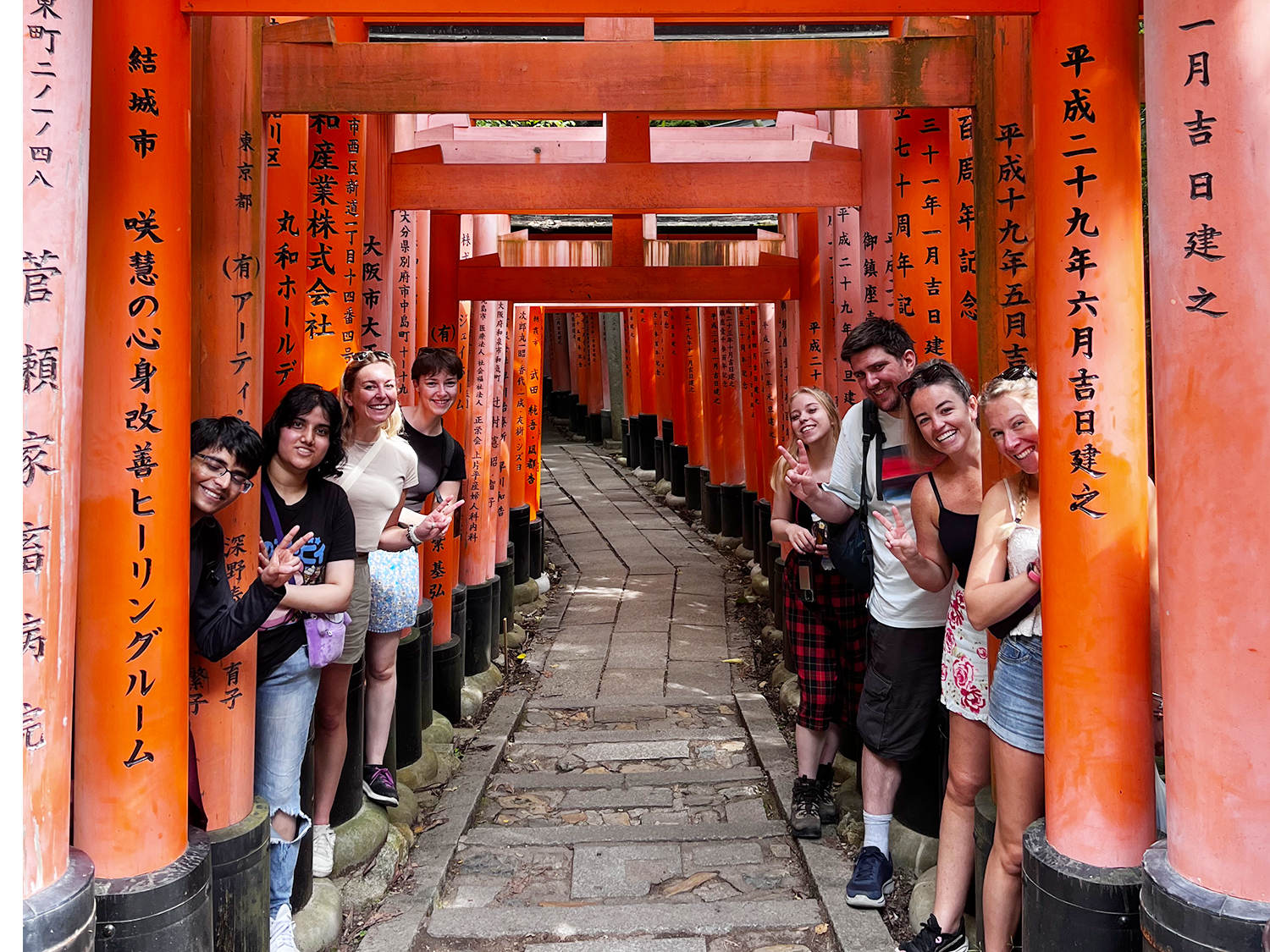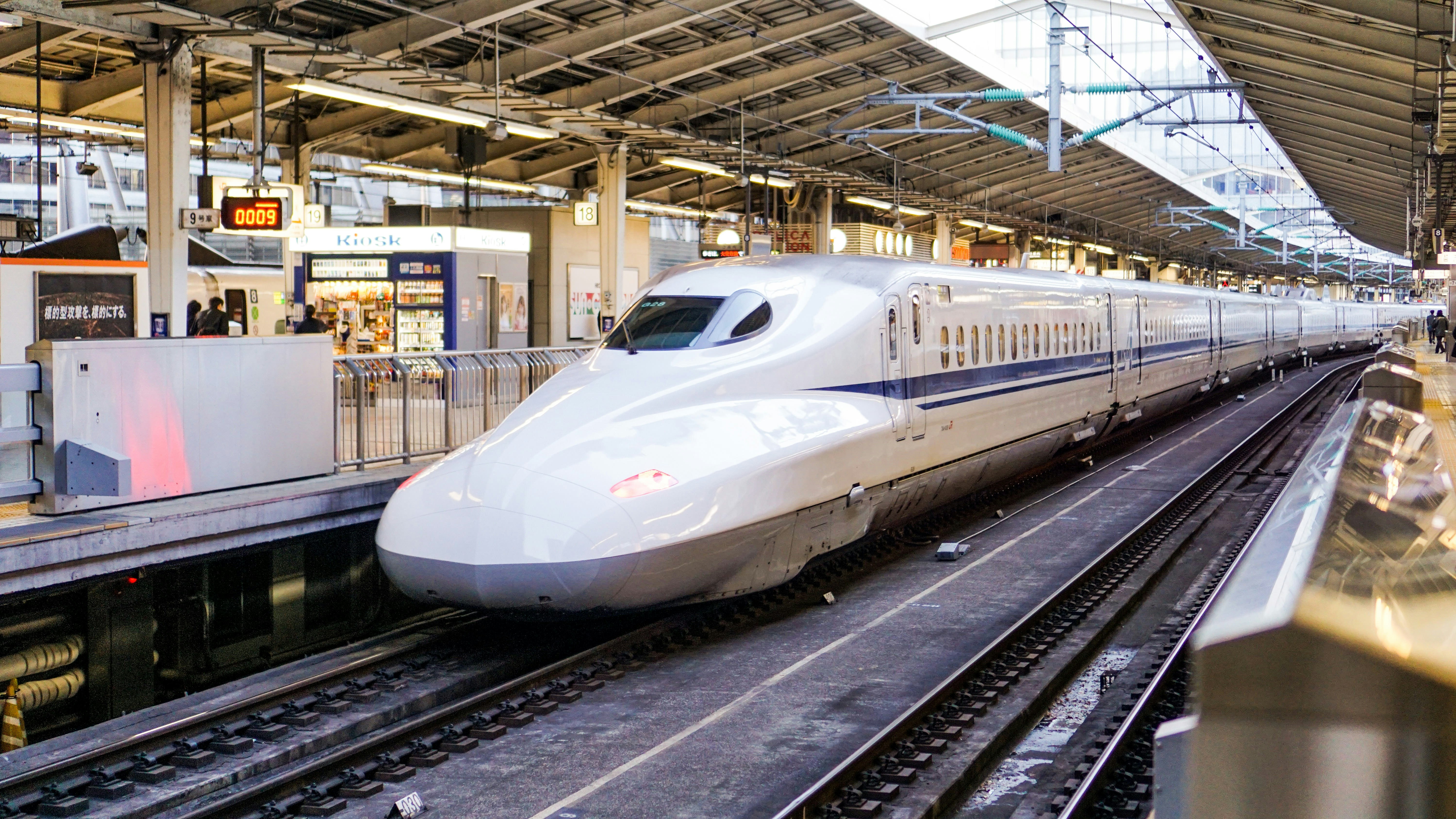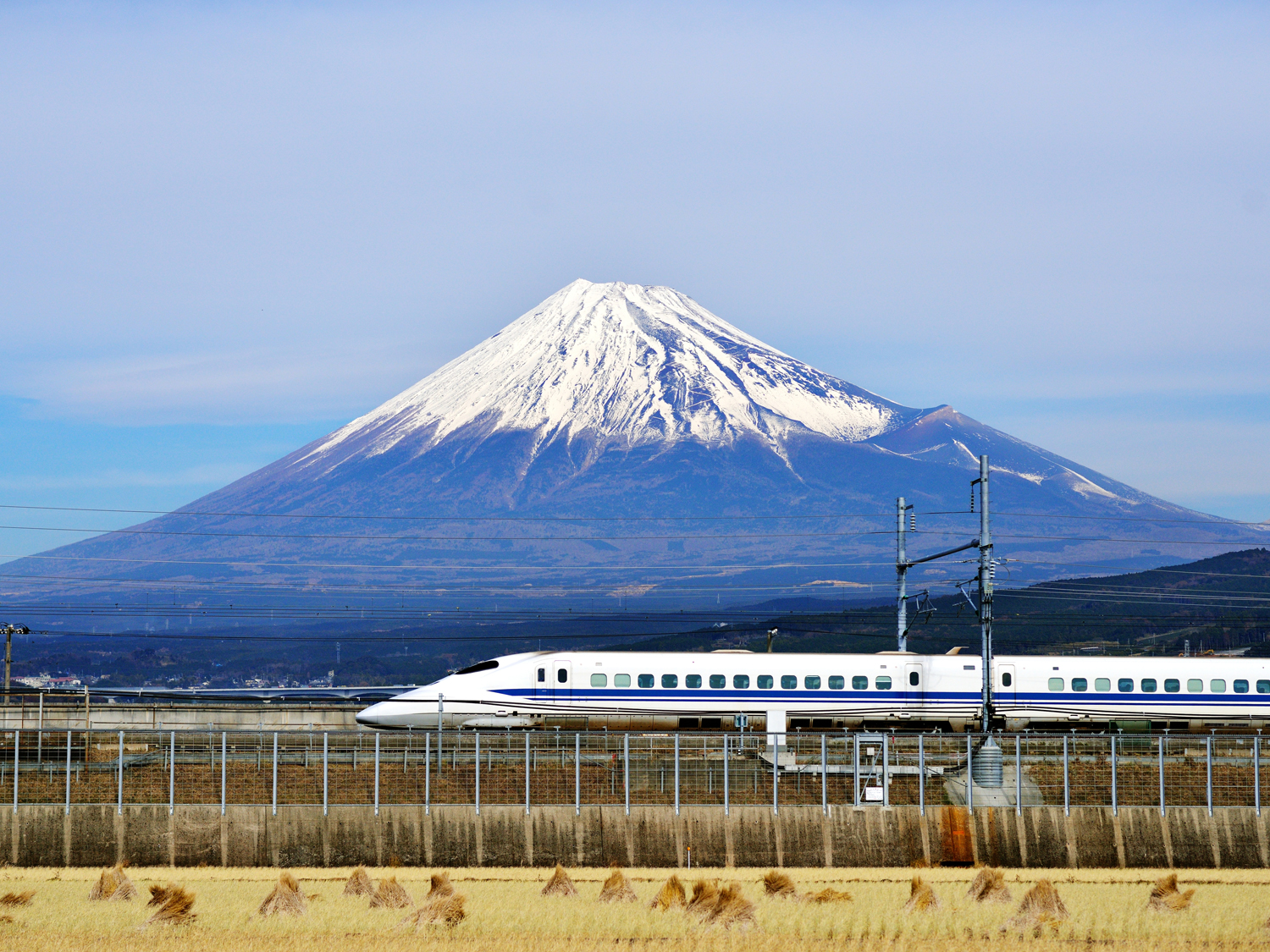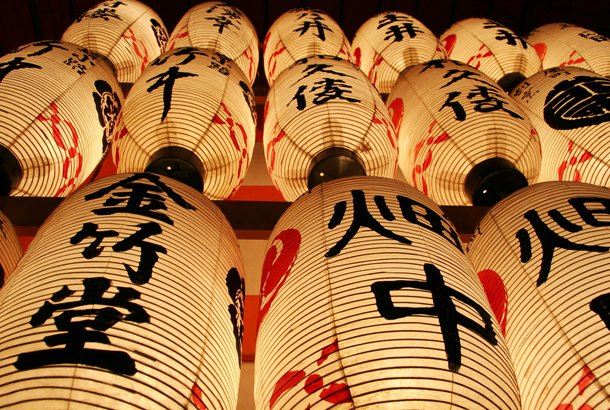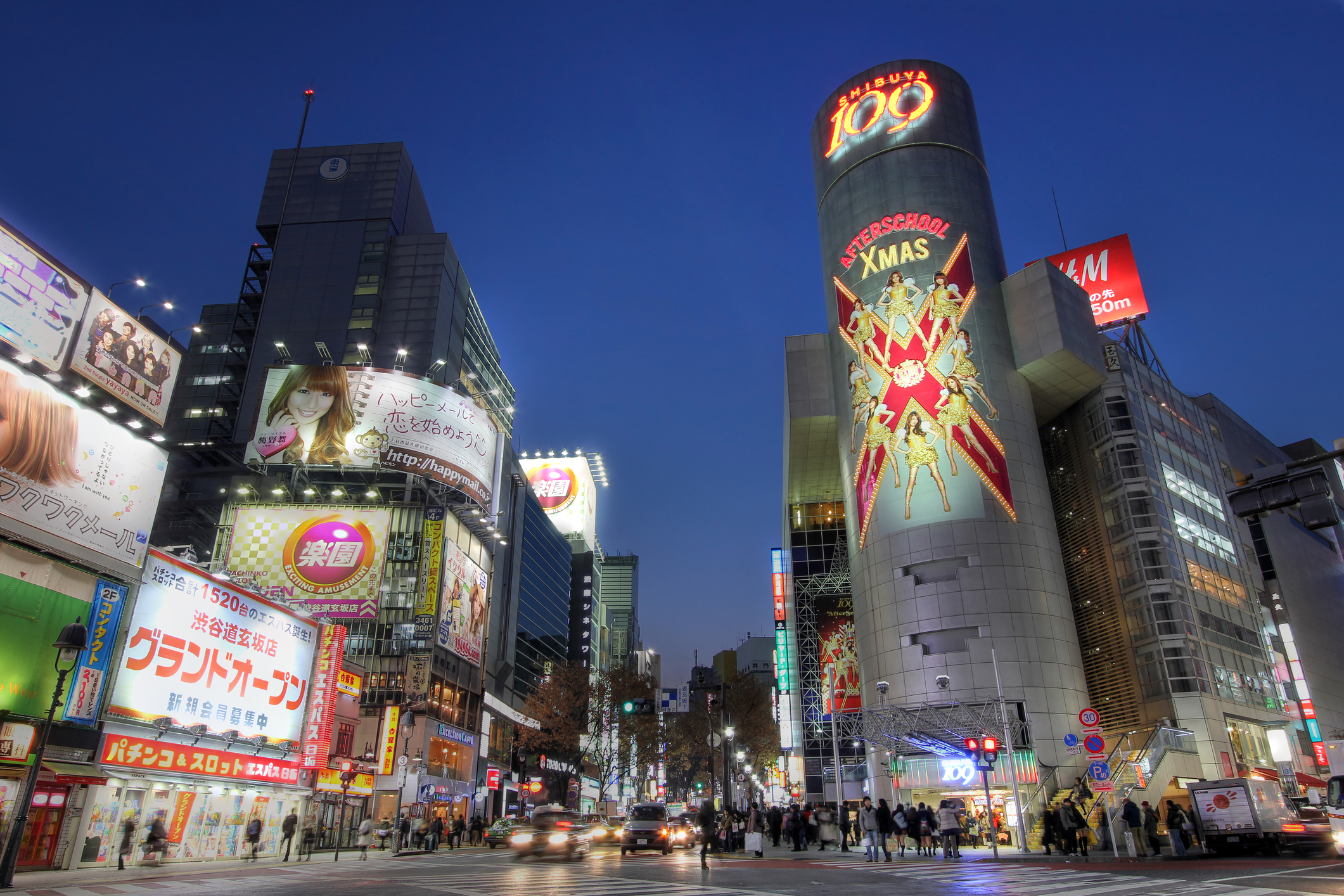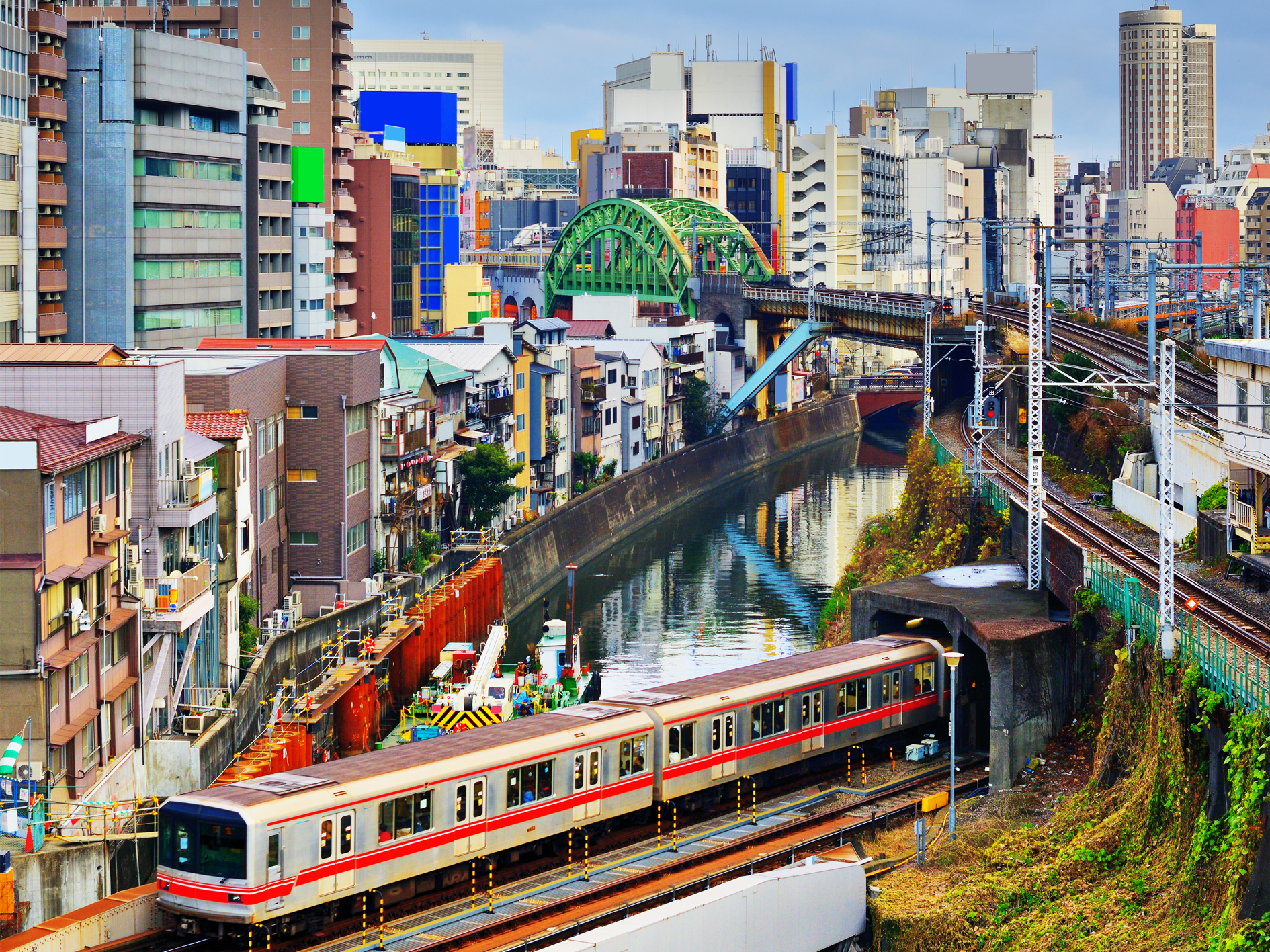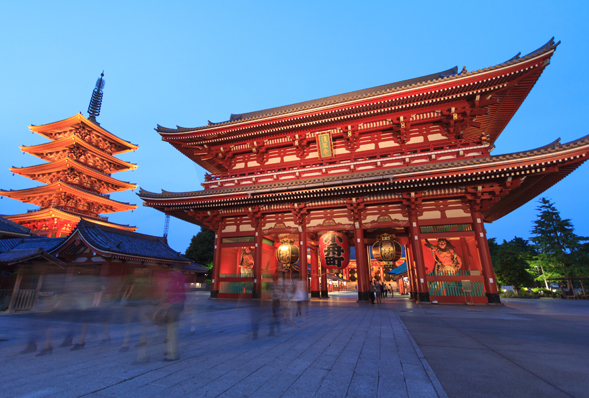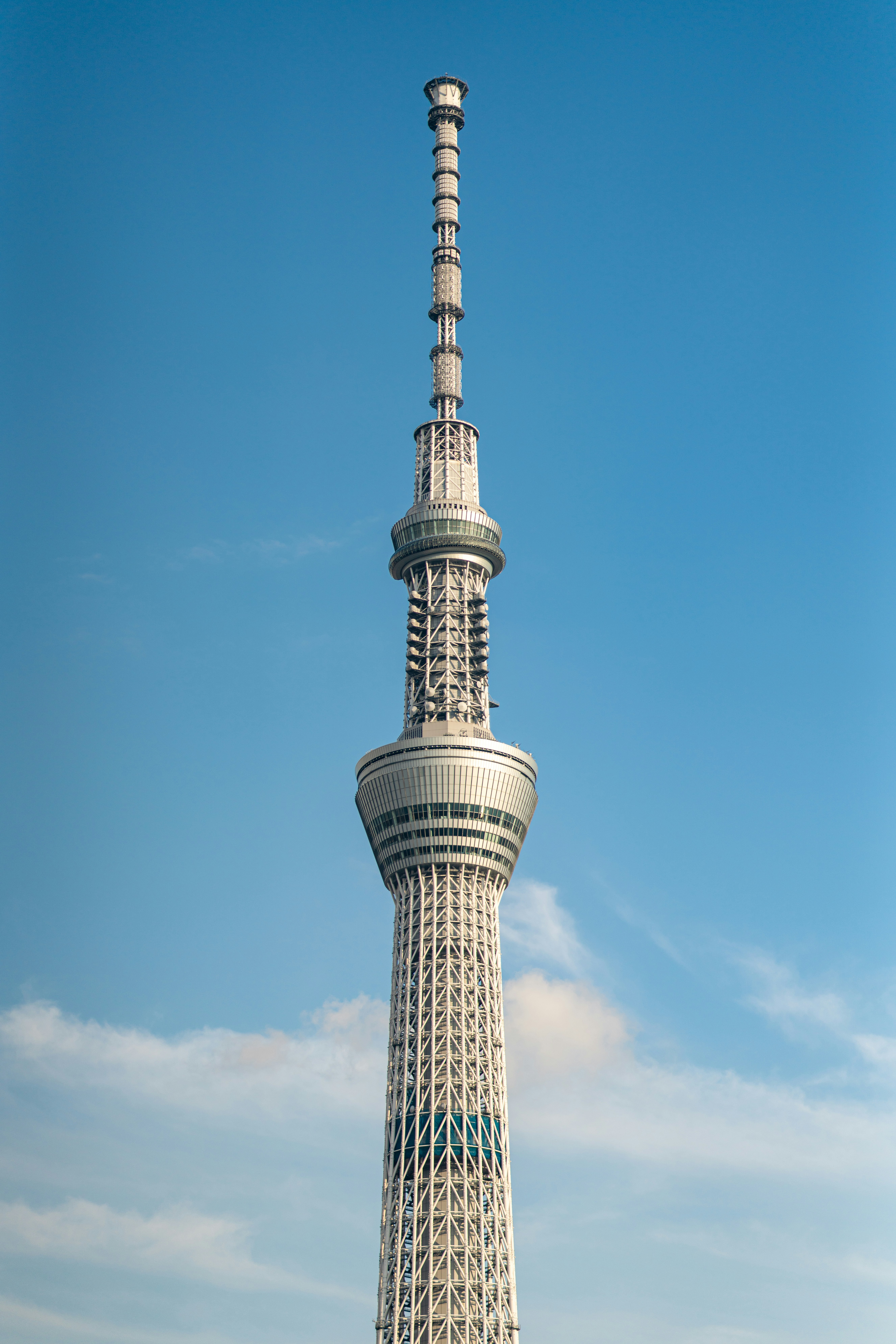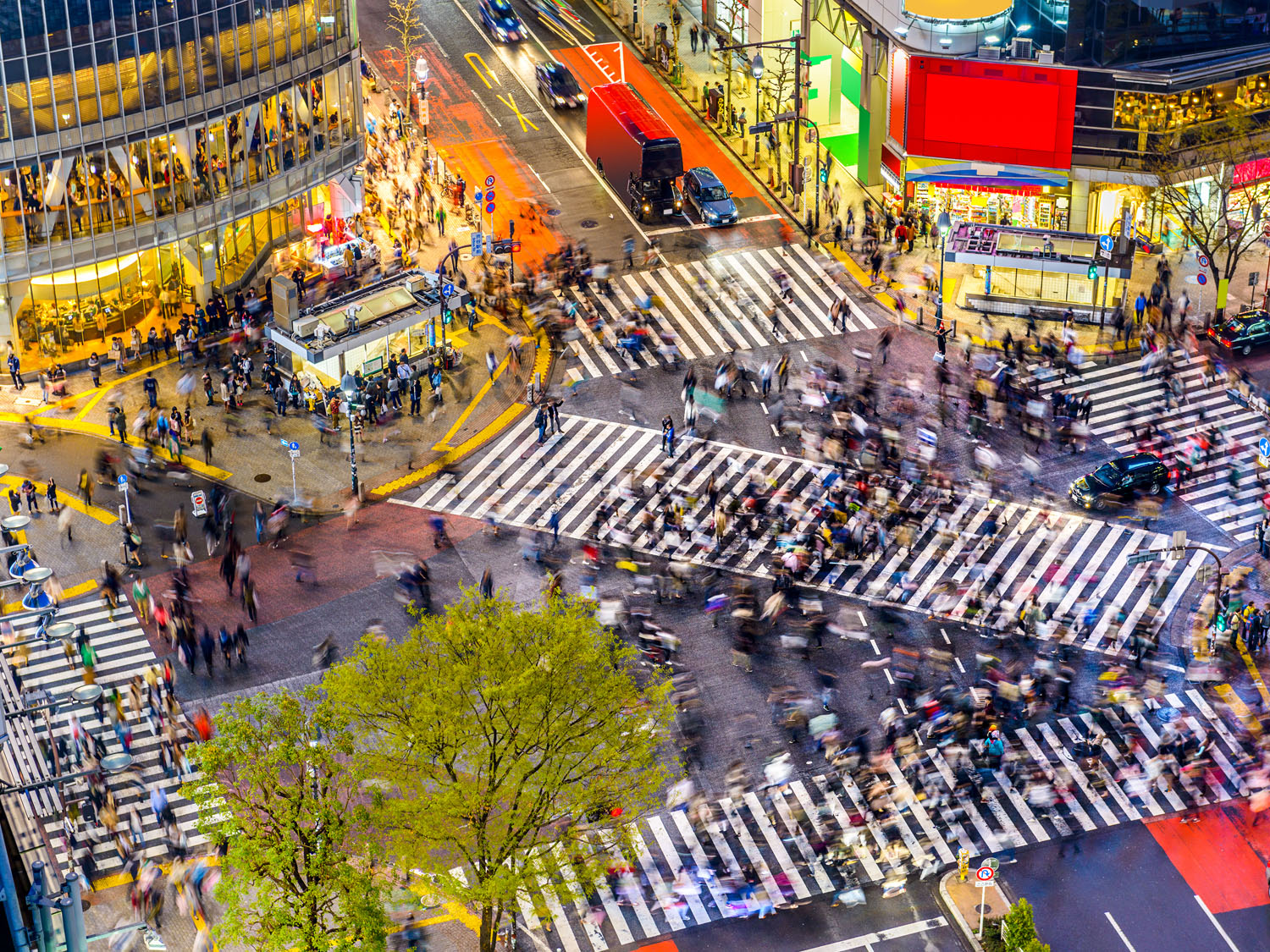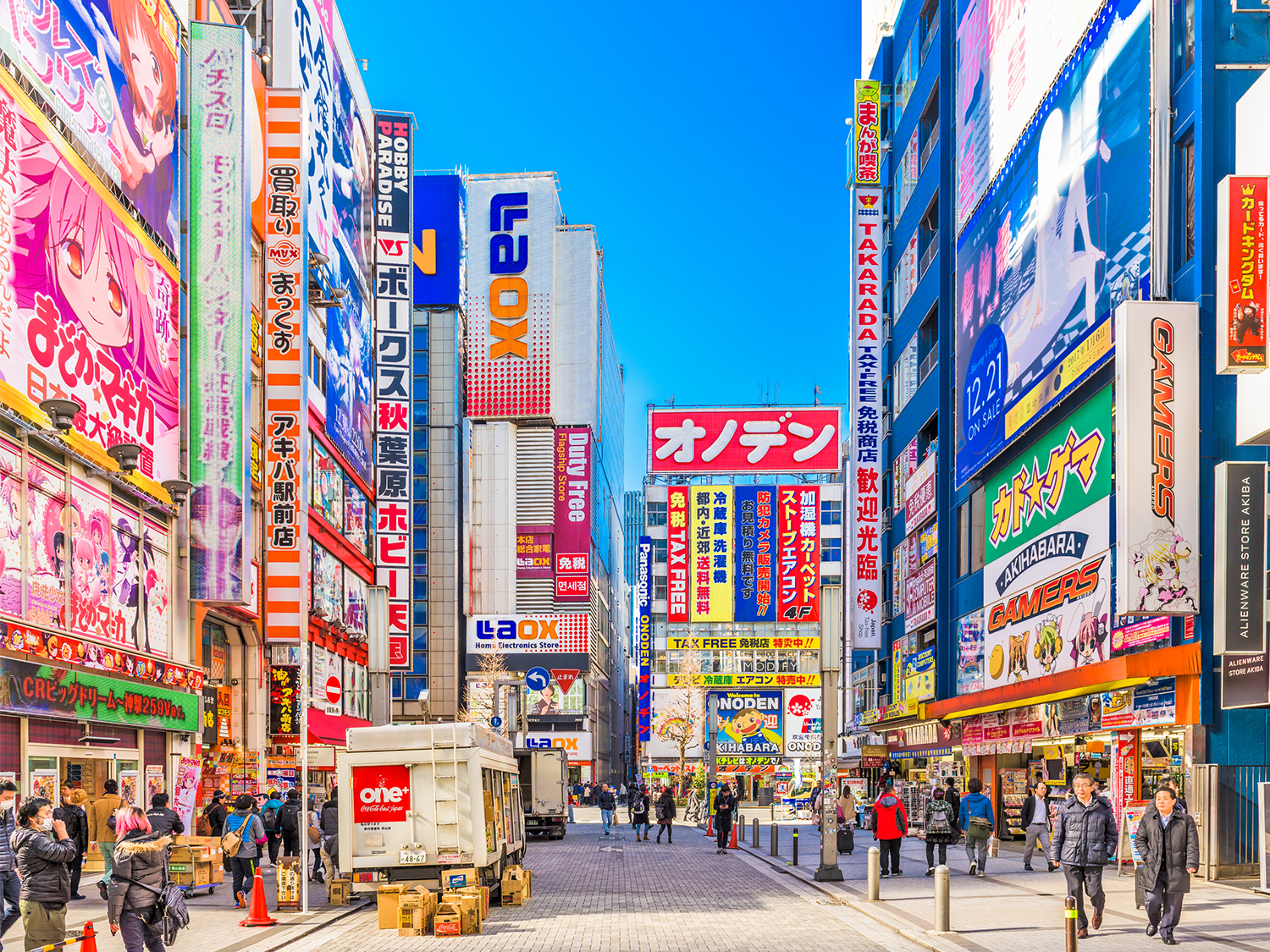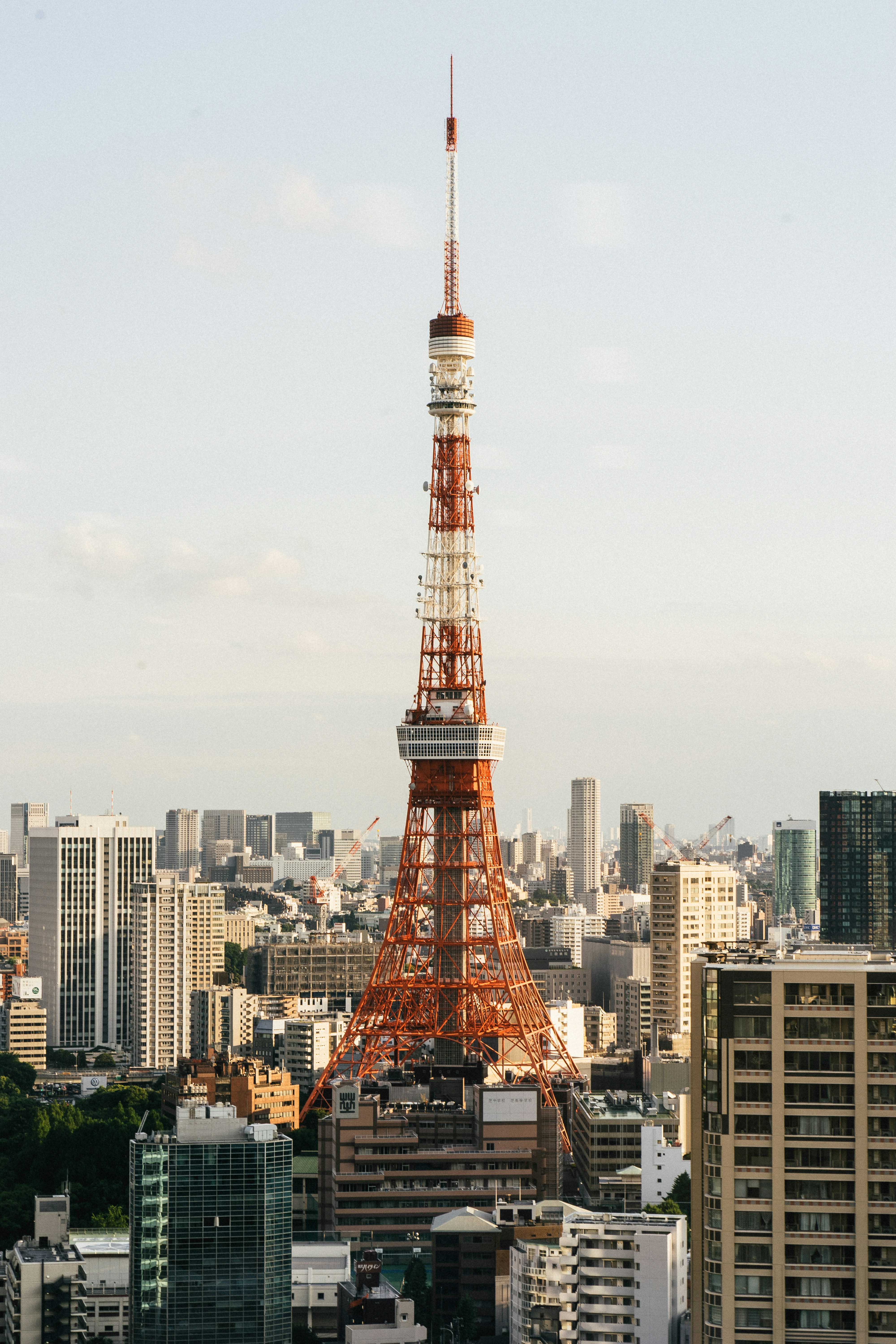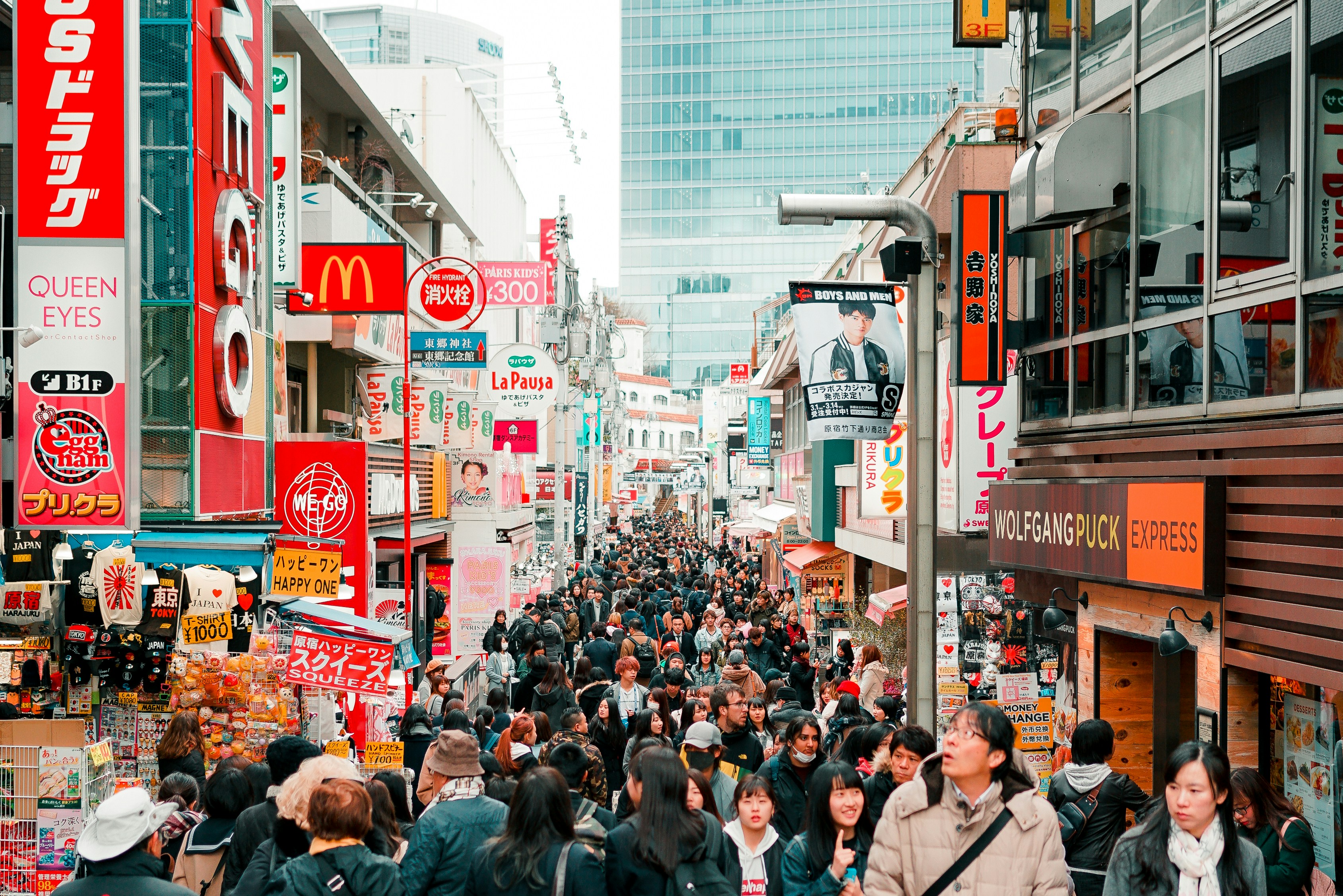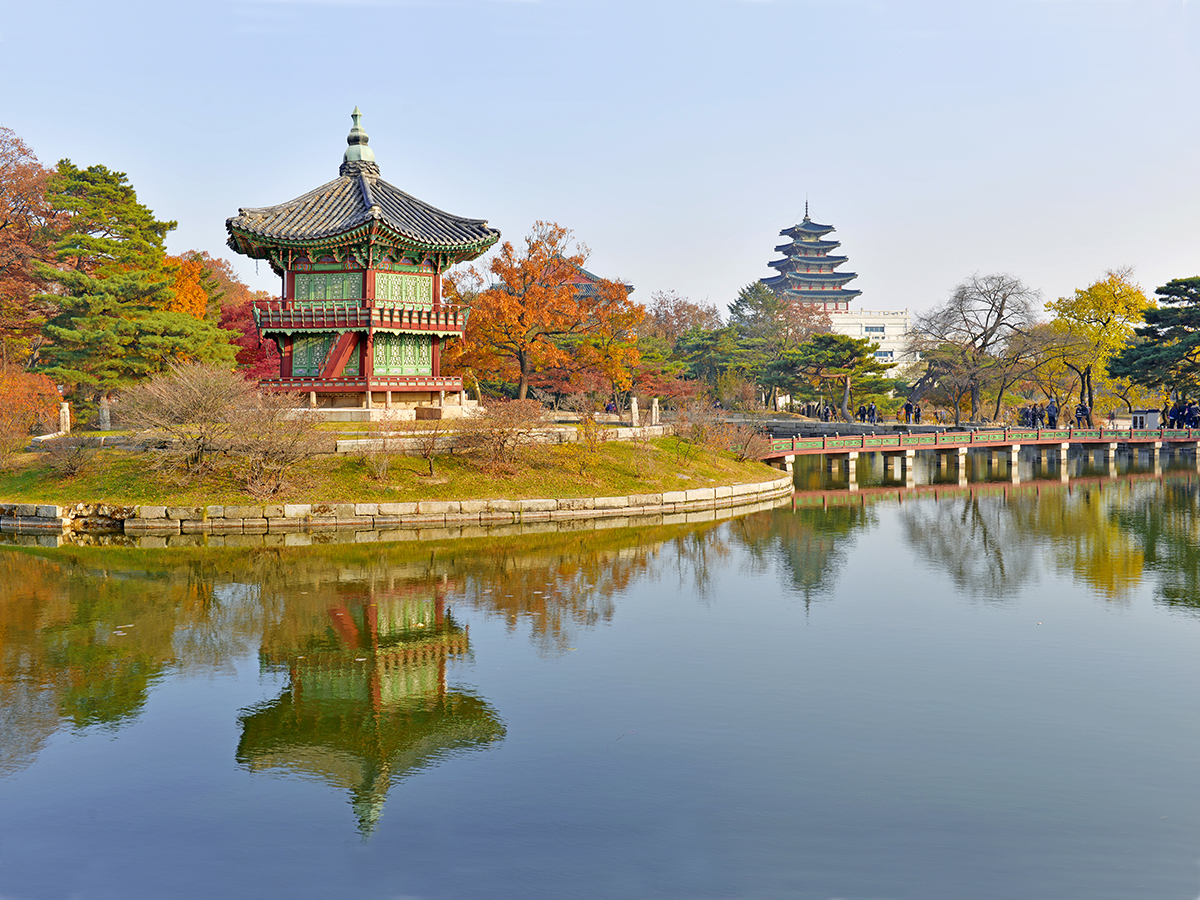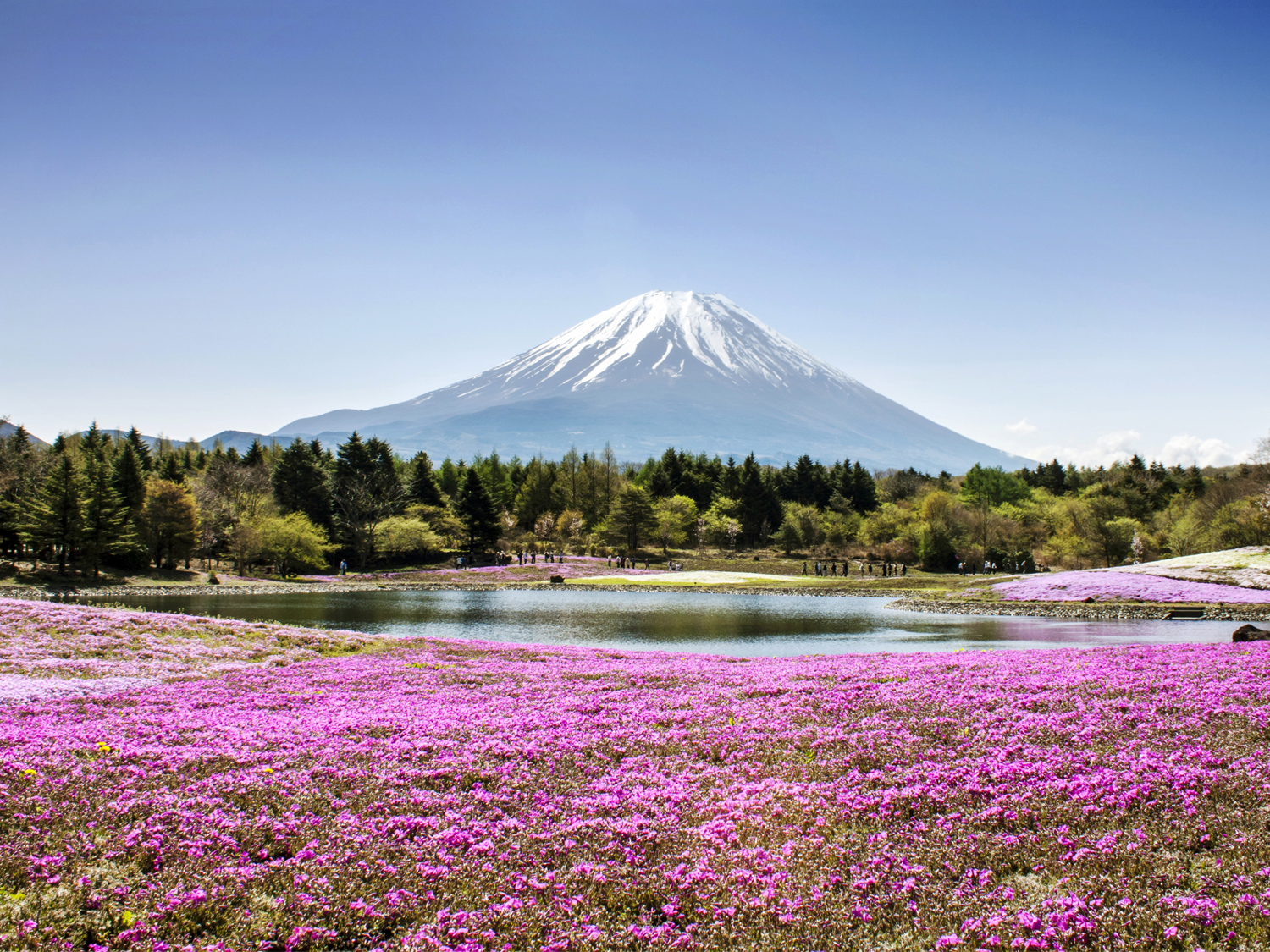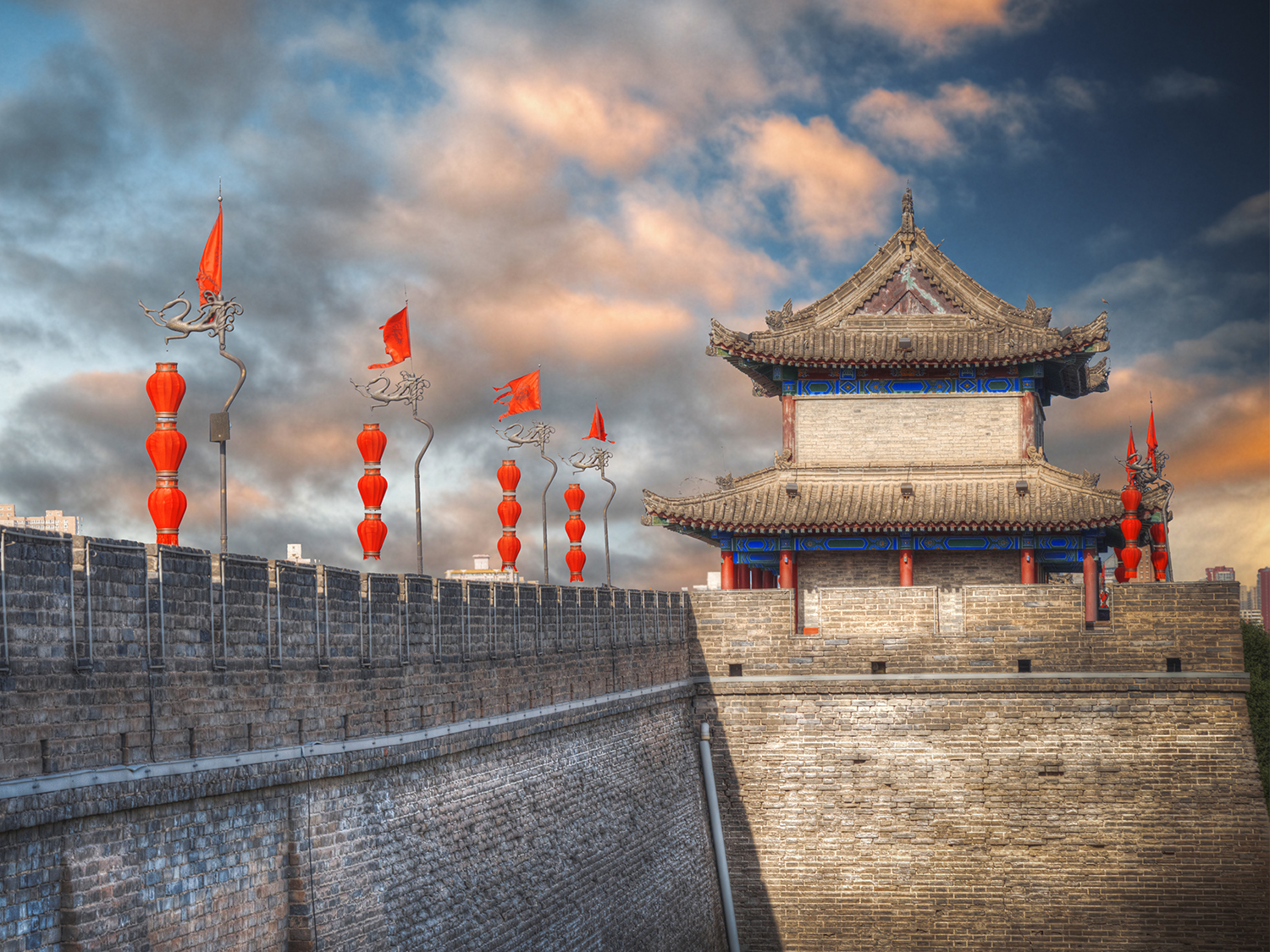Best Tours to Tokyo, JapanDiscover the Heart of Tokyo: Guided Tours Through Japan's Vibrant Capital
When do you want to go?
2024
I'm flexible
Passengers
Adults (18+)
Children (0 - 17)
Welcome to Tokyo, Japan
Japan's vibrant capital, Tokyo, is an intriguing city that skillfully combines traditional customs with cutting-edge technology. As the nation's political, economic, and cultural hub, it attracts tourists from all over the world with its dynamic metropolitan environment, cutting-edge technology, and rich cultural legacy.
It is one of the 47 prefectures of Japan, including numerous cities, towns, and villages west of the city centre, as well as 23 core city wards. Tokyo also includes the islands of Izu and Ogasawara.
Tokyo provides visitors with an almost infinite selection of dining, shopping, entertainment, and cultural activities. You can enjoy the history of the city in areas like Asakusa, as well as at a number of top-notch museums, old temples, and gardens. Tokyo also has a lot of lovely green areas, against popular belief, both in the heart of the city and accessible with short train trips from its periphery.
History of Tokyo
Tokyo was known as Edo until 1868. Edo was once a tiny castle town, but in 1603, Tokugawa Ieyasu founded his feudal authority there, turning Edo into the political hub of Japan. After several decades, Edo had expanded to become one of the biggest cities in the world. The emperor and capital relocated from Kyoto to Edo, which became Tokyo ("Eastern Capital"), during the Meiji Restoration of 1868. The Great Kanto Earthquake of 1923 and the air attacks of 1945 devastated large portions of Tokyo.
Why take a guided tour to Tokyo?
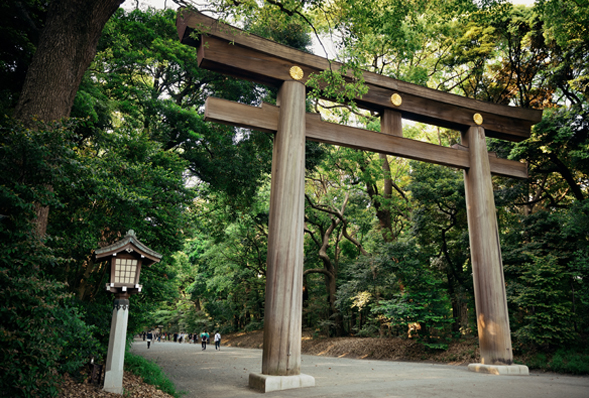
It can be thrilling and intimidating to explore Tokyo, a large and vibrant city. With a host of advantages that improve the traveller experience, guided tours are the best way to see this energetic city. The following justifies why taking a guided tour is the ideal method to see Tokyo:
Local Expertise and Insights
Locals with extensive knowledge of Tokyo's history, culture, and hidden treasures lead guided excursions. Rich, contextual insights that you might not notice when researching on your own are provided by these guides. They may give your tour more depth and significance by elaborating on the significance of historical locations, cultural customs, and regional traditions.
Efficient Itinerary Planning
Tokyo's enormous size and wealth of attractions might make travel planning intimidating. Guided tours arrange things more efficiently by planning itineraries that make the most of your time and cover the main attractions. A guided tour makes sure you see the best of Tokyo without the hassle of logistics, whether you have a day or a week to spare.
Language Barrier Solutions
Even though Tokyo is a sophisticated city with lots of English signage, communication difficulties might sometimes arise. With guided tours, communication problems are removed, making for a smooth encounter. In addition to helping, you manage public transit and make dining and shopping experiences easier, guides can help with translations.
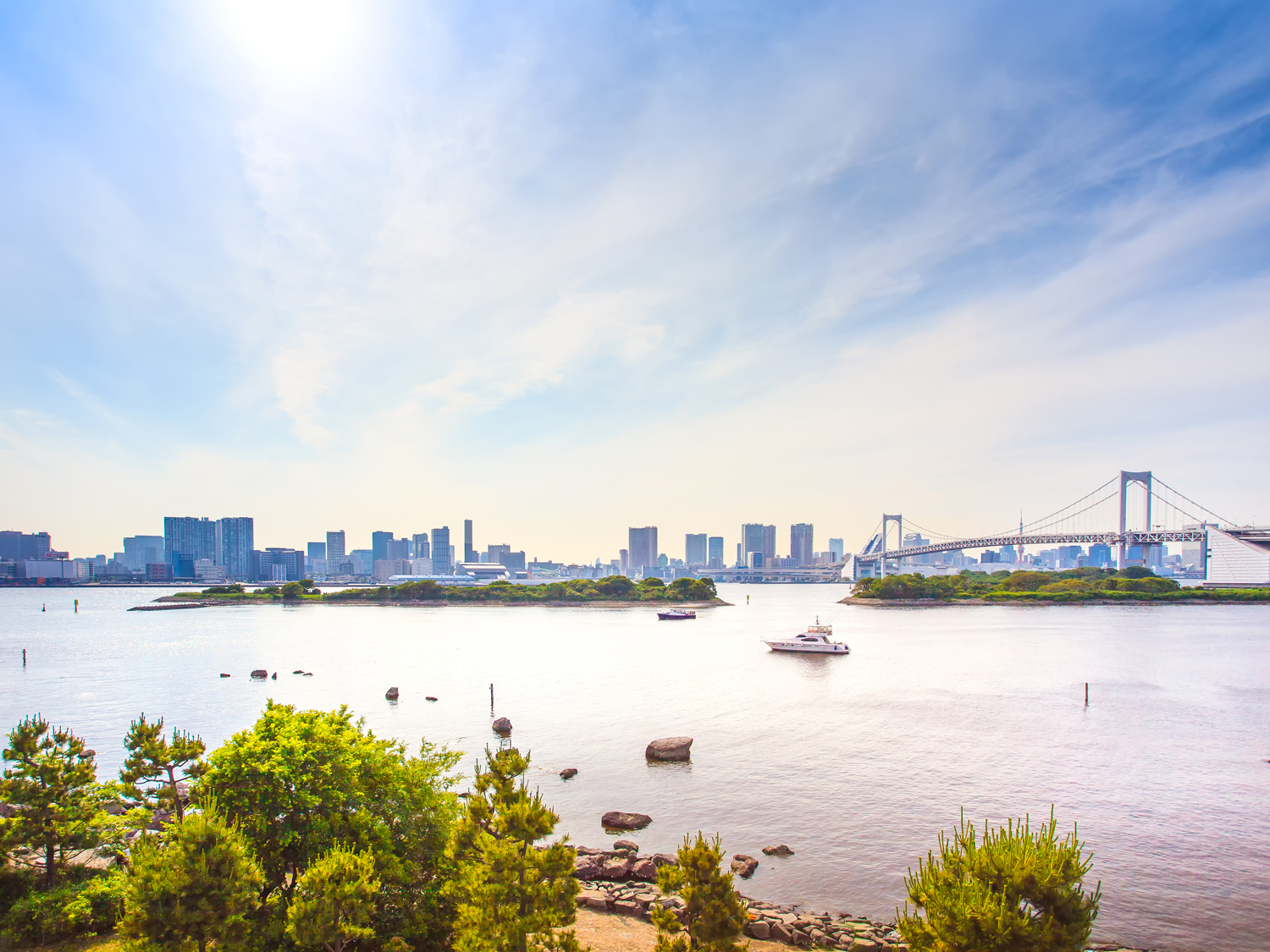
Access to Exclusive Experiences
Access to unique events that could be challenging to organise on your own is provided by several guided trips. This can involve early admission to well-liked sights, special tea ceremonies, or behind-the-scenes tours of traditional workshops. Tokyo's culture and history might be better understood thanks to these exceptional chances.
Cultural Etiquette Guidance
Visitors may find some cultural standards and etiquette exclusive to Japan. Tour guides assist you in politely navigating these traditions. In order to make a good impression, guides can instruct you on how to behave appropriately in public areas, how to properly handle chopsticks, and how to visit shrines.
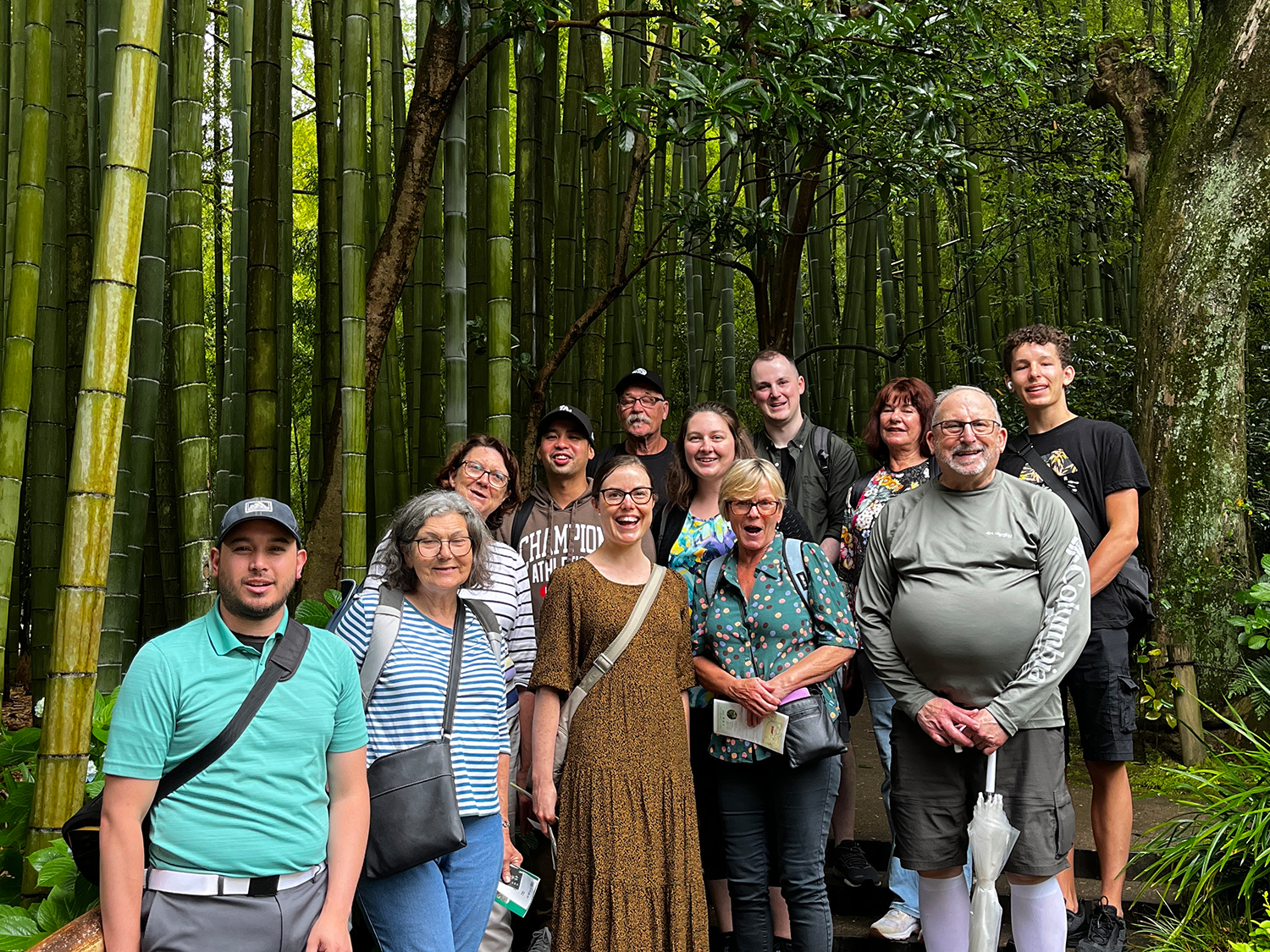
Safety and Convenience
Although Tokyo is among the safest cities in the world, having a guide offers an additional degree of ease and security. They can help in an emergency, give you tips on safe places to visit, and make sure you don't get lost in the busy streets of the city. For individuals visiting the city for the first time or travelling alone, this is quite helpful.
Interaction with Fellow Travelers
Taking a guided tour gives you the chance to socialise and get to know other tourists. You can make lifelong memories and enhance your travel experience by exchanging experiences and insights with other travellers. Group tours can be more fun than travelling alone and can promote a sense of camaraderie.
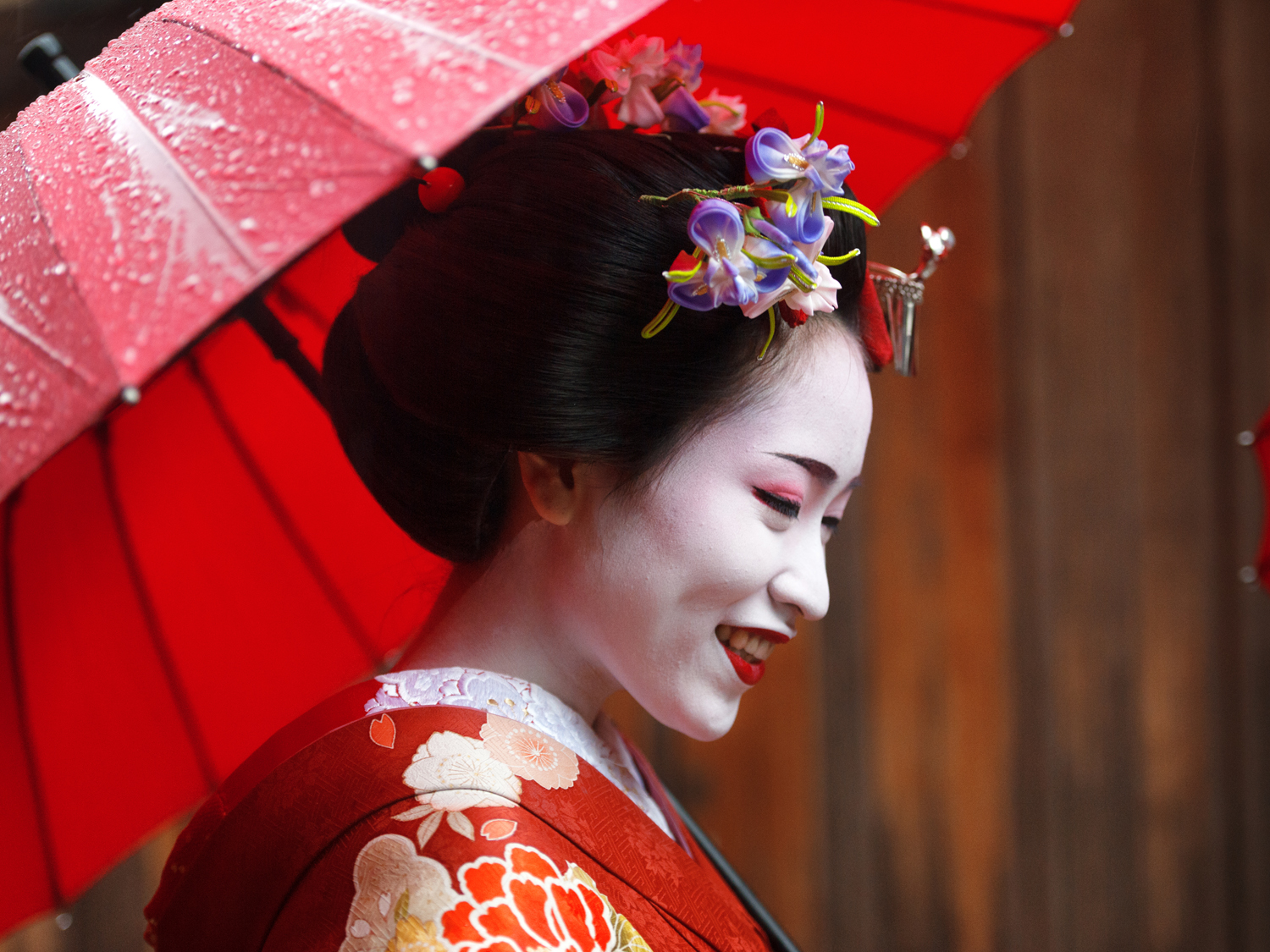
Hassle-Free Transportation
For first-time tourists, navigating Tokyo's intricate transport system might be difficult. Transportation—whether it be a cosy bus, a personal automobile, or prearranged underground routes—is frequently included in guided excursions. You may spend more time and energy taking in the sights with this hassle-free method.
In-Depth Cultural Experiences
Hands-on cultural experiences that offer a deeper connection to Japanese traditions are frequently included in guided tours. This can involve partaking in a traditional tea ceremony, learning how to make sushi, or wearing in kimonos. An engaging and unforgettable experience is provided by these interactive features.
Time Management
By helping you efficiently manage your time, guided tours guarantee that you see all the major sights without feeling hurried. Schedules may be easily managed by guides, who can also modify the tour's tempo to fit the needs of the group. This harmonious mix of structure and adaptability guarantees a fulfilling and joyful experience.
Guided tours to Tokyo, Japan
What to expect – Why visit Tokyo, Japan?
Detailed Itinerary and Planning
Expect a carefully planned schedule that makes the most of your time and includes all of Tokyo's best attractions. An itinerary that includes the locations you will see, how long each stop will last, and the activities that are scheduled is usually provided in advance of a guided tour. With this preparation, you can see a variety of noteworthy landmarks without having to worry about making plans or arranging transportation.
Knowledgeable Local Guides
Skilled local guides with extensive knowledge of Tokyo's history, culture, and attractions provide guided excursions. These guides offer insightful analysis, captivating tales, and comprehensive details on every website you visit. They can respond to your inquiries and make suggestions for additional research.
Seamless Transportation
Transportation is typically included in guided tours to Tokyo, whether it is via a cosy coach, a private vehicle, or planned excursions on Tokyo's well-organized public transportation system. You won't have to stress about figuring out the vast transit system of the city on your own thanks to this convenience.
Cultural Experiences
Numerous guided excursions incorporate special cultural events that offer a more in-depth understanding of Japanese customs. These could consist of: Tea ceremonies: Discover the craft of brewing tea in a traditional environment. Don a kimono: Get a sense of dressed in traditional Japanese garb. Take a sushi-making class to learn from a skilled chef how to make sushi.
Culinary Delights
Tokyo is a food lover's paradise, and trips that include meals at well-known restaurants or neighbourhood eateries frequently showcase this fact. You might try a range of Japanese dishes, such as tempura, wagashi (traditional sweets), and sushi and ramen. Some excursions also stop at food markets to get a taste of Japanese cuisine, like Tsukiji or Toyosu.
Interactive and Hands-On Activities
Expect to participate in interactive and hands-on activities, such as: Traditional crafts: try your hand at ikebana (flower arranging) or origami. Cooking classes: learning to prepare Japanese dishes. Calligraphy workshops: practicing the art of Japanese calligraphy.
Cultural Etiquette and Tips
Guides assist you negotiate social conventions and customs with grace by providing insightful knowledge about Japanese cultural etiquette. They'll provide you advice on how to engage with locals, dining etiquette, and appropriate behaviour when visiting temples and shrines.
Shopping Opportunities
Guided tours frequently include visits at well-known marketplaces or shopping areas where you can buy local goods, handicrafts, and souvenirs. For those who enjoy shopping, destinations like Ginza, Asakusa, and Akihabara are frequently visited.
Popular Sites to See in Tokyo
Senso-ji Temple
Tokyo's oldest temple is Senso-ji Temple, located in Asakusa. Entering by the famous Kaminarimon (Thunder Gate), visitors go along Nakamise Street, which is dotted with traditional stores, until they arrive at the main hall. Asakusa Shrine and a five-story pagoda are part of the temple complex, which is vibrantly decorated with images and sounds from traditional Japan.
Tokyo Skytree
Tokyo Skytree in Sumida, with a height of 634 metres, is the tallest building in Japan and among the highest in the world. From its 350- and 450-meter viewing decks, it provides breathtaking panoramic views of Tokyo and beyond. Tourists should not miss the base complex, which offers dining options, retail, and the Sumida Aquarium. It enhances the overall experience.
Shibuya Crossing
The world's busiest pedestrian crossing, Shibuya Crossing, is a representation of Tokyo's fast-paced metropolitan lifestyle. It's captivating to watch hundreds of people cross the street at once from various directions. Shibuya is a bustling and fascinating neighbourhood to explore because of the Hachiko statue nearby, the Shibuya 109 shopping centre, and the thrilling nightlife.
Akihabara
Tokyo's centre for electronics and otaku culture is Chiyoda's Akihabara. Akihabara, well-known for its innumerable electronics stores, manga and anime stores, and themed cafes, is a tech and pop culture haven. Important places to visit are Mandarake, Yodobashi Camera, and other maid cafés.
Tokyo Tower
Tokyo Tower, located in Minato, was inspired by the Eiffel Tower and represents Japan's post-war reconstruction. It is a family-friendly location since it has attractions like the One-Piece Tower theme park and observation decks with views of the city.
Harajuku
Shibuya's Harajuku is a bustling neighbourhood well-known for its chic stores and street fashion. The centre of Harajuku's fashion scene is Takeshita Street, and attractions for young people interested in fashion and culture include Omotesando and the peculiar Kawaii Monster Cafe.
Frequently asked questions
What is the best time to visit Tokyo?
Autumn (September to November) and spring (March to May) are the ideal seasons to visit Tokyo. The cherry blossoms are in full bloom in the spring, which makes for a lovely and joyous ambiance. Beautiful autumn colors and comfortable temperatures are hallmarks of autumn. In addition, these seasons typically see lower rainfall and more temperate temperatures.
How do I get around Tokyo?
Tokyo has an extensive and efficient public transportation system. The Tokyo Metro and Toei Subway systems cover the city extensively, and JR East's Yamanote Line connects major districts. Buses, taxis, and bicycles are also common modes of transport. For longer distances, the Shinkansen (bullet train) is a fast and convenient option.
What is the currency used in Tokyo?
The currency used in Tokyo is the Japanese yen (¥ or JPY). It is advisable to have some cash on hand, as smaller establishments and rural areas may not accept credit cards.
Do people speak English in Tokyo?
Even though English is not a language that is frequently spoken in Tokyo, many people, particularly in tourist areas, know the basics of the language. There are frequently bilingual (English and Japanese) signs at important tourist destinations, hotels, and public transit. Acquiring a few fundamental Japanese phrases can be beneficial and valuable.
What is the food like in Tokyo?
Tokyo has a rich and varied food scene. Sushi, ramen, tempura, and sashimi are examples of traditional Japanese cuisine that are widely accessible. There are a lot of foreign eateries and street food vendors in the city. With more Michelin-starred restaurants than any other city in the world, Tokyo is a haven for foodies.
Are there any cultural etiquette tips I should know when visiting Tokyo?
Yes, removing shoes before entering homes, traditional lodgings (ryokan), and certain temples are among the crucial cultural etiquette guidelines. Bowing is also a customary greeting and expression of respect. It's also critical to pay attention to noise levels, particularly while using public transport. Never transmit food from one pair of chopsticks to another or stand them upright in a bowl of rice when using them. Tipping is frowned upon and not traditional in Japan.
How safe is Tokyo for tourists?
Tokyo is regarded as one of the world's safest cities. Walking around, even at night, is normally safe due to the low crime rate. Like any large metropolis, you should still exercise common-sense caution and remain alert to your surroundings.
Book your next guided tour to Tokyo, Japan with us
A guided tour of Tokyo offers a unique experience that seamlessly combines the city's dynamic modern culture with its rich historical background. Tokyo is a city of difference and unending discovery, from the quiet temples of Asakusa to the busy streets of Shibuya, and from the high-tech wonderland of Akihabara to the placid beauty of the Imperial Palace grounds. With their perceptive storytelling, in-depth local knowledge, and easy-to-use navigation of this expansive city, guided tours guarantee you get the most out of your trip.
Guided tours may enhance your trip by providing exclusive viewpoints and insider knowledge, regardless of whether you're an experienced tourist hoping to discover Tokyo's lesser-known attractions or a first-time visitor eager to see the city's famous landmarks. With the assurance and ease that come with a guided tour, embrace the experience, relish the cuisine, and lose yourself in the beats of Tokyo.
Come explore the wonders of Tokyo with us, where there is a tale around every corner and a chance to make lifelong memories at every turn. A vibrant blend of tradition and innovation that only this amazing city can offer greets you on your Tokyo experience.
Our customers say
Excellent
4.4 out of 5 based on 275 reviews
